A Competition of Competence
Many analysts are claiming that the U.S. and China are in a competition. Some call it a “strategic competition.” We prefer to describe it as a “competition of competence.” But in all of this talk of competition, no one seems to be keeping track of who is winning the competition in a systematic, easy to find, comprehensive way. This page is an attempt at beginning to do so.
We break data into five large categories: a) Economy; b) Environment; c) Social; d) State Capacity; and e) Demographics. We might add “military” in the future but are still grappling with what measures to include in such a category.
This, we should stress, is a beginning. We anticipate we will include additional measurements and it’s possible we might add categories. If there is data you think we should add or concerns you have about the current data, please let us know. We will regularly update the data. In the meantime, enjoy examining how the competition is going.

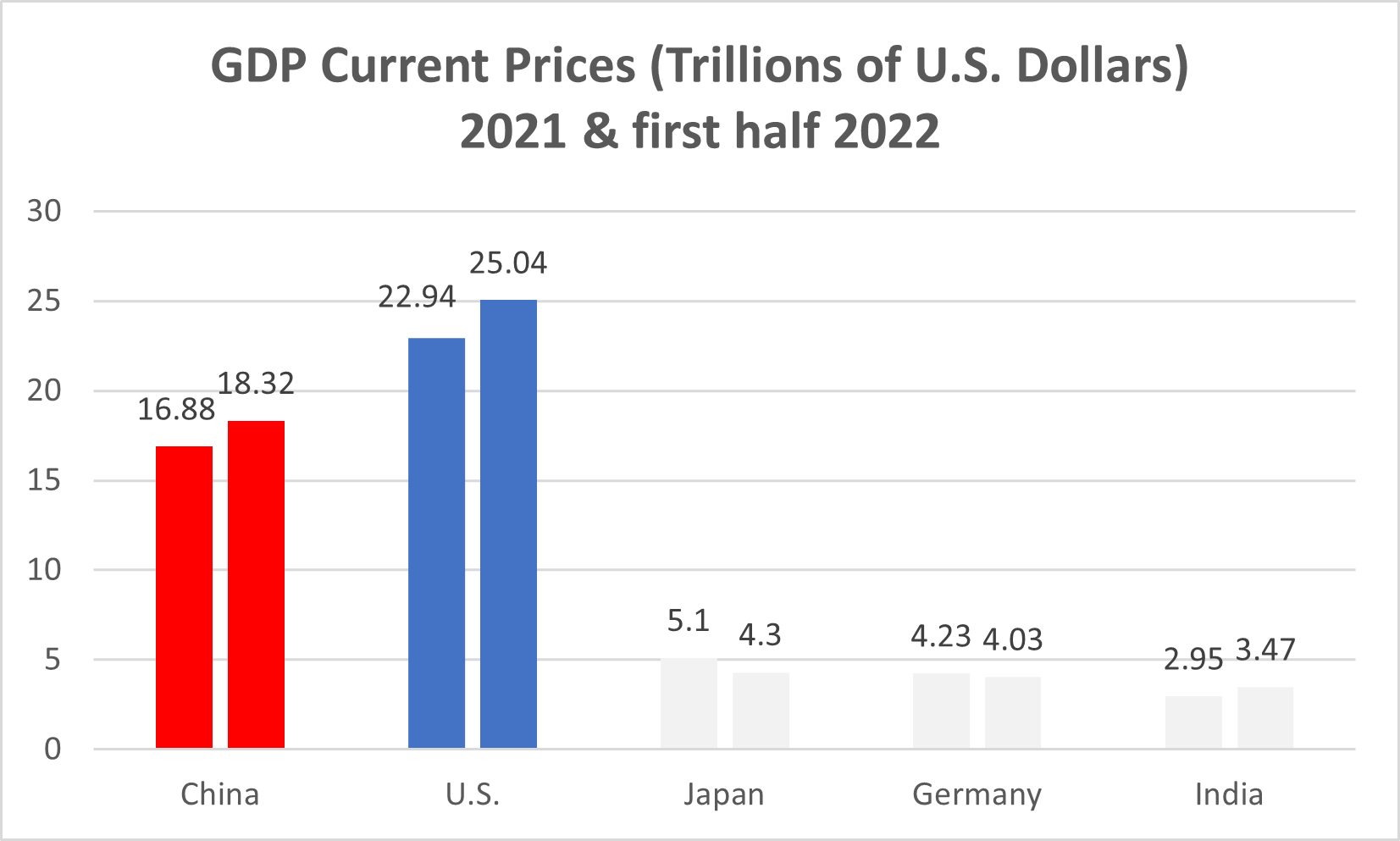
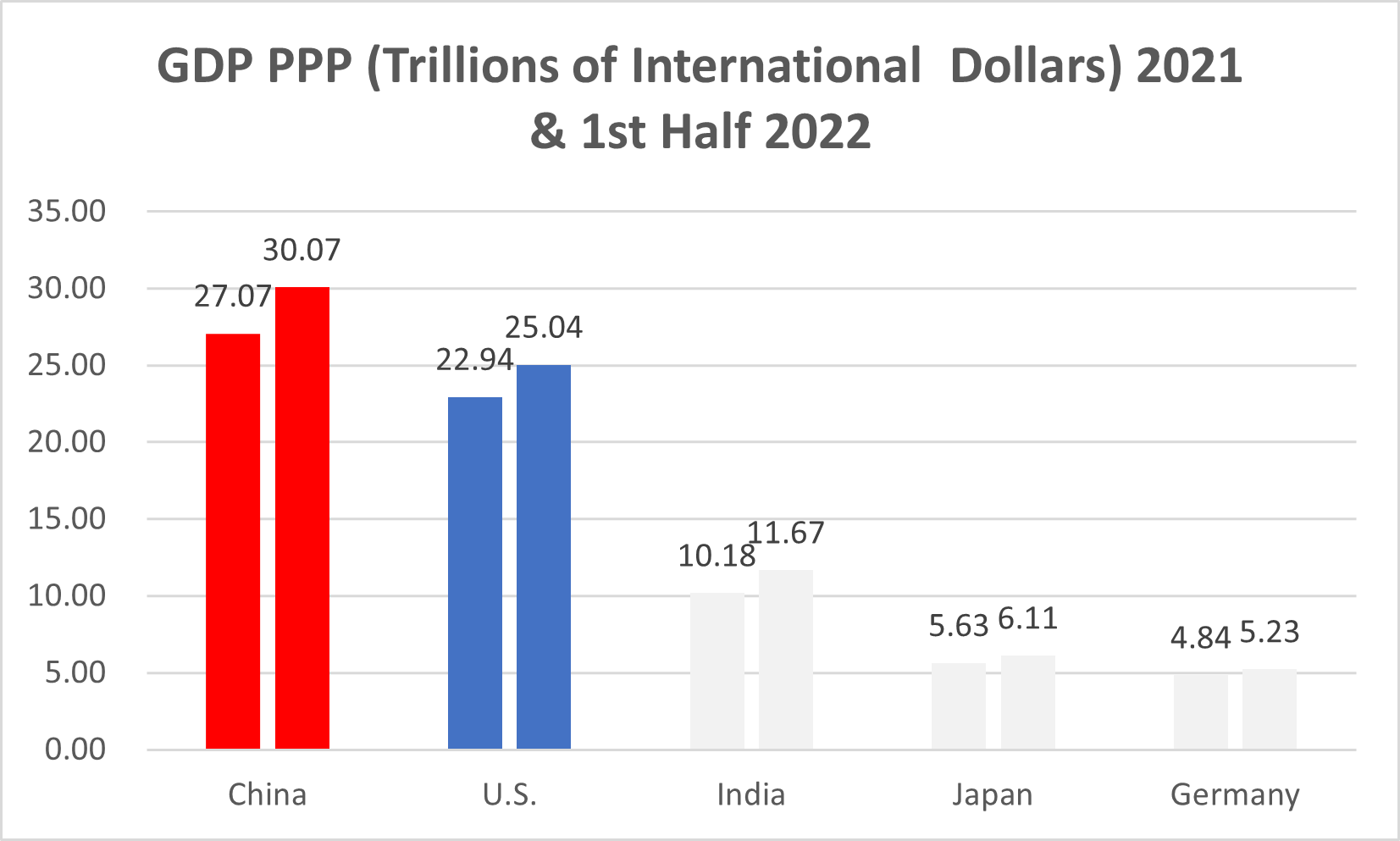
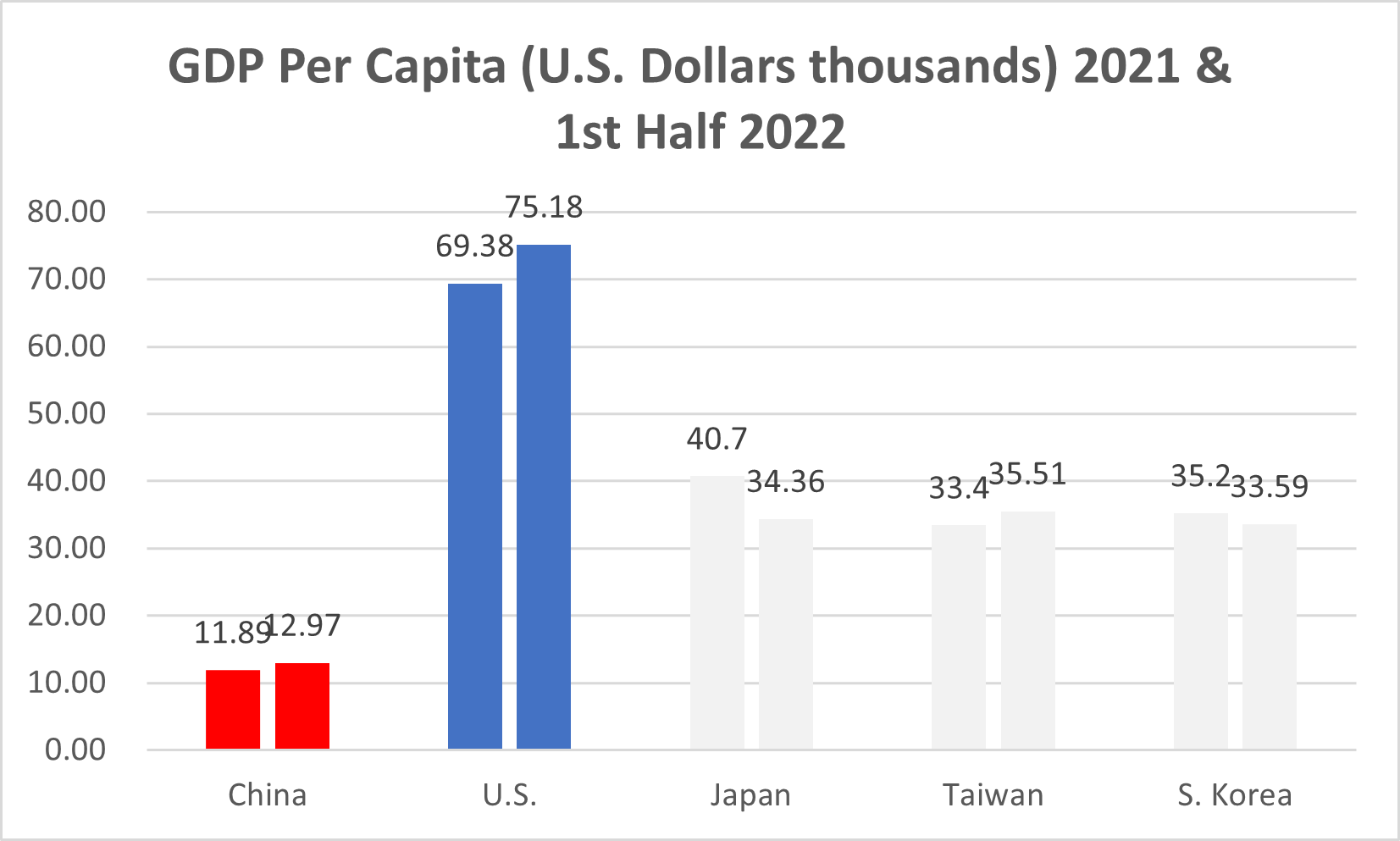
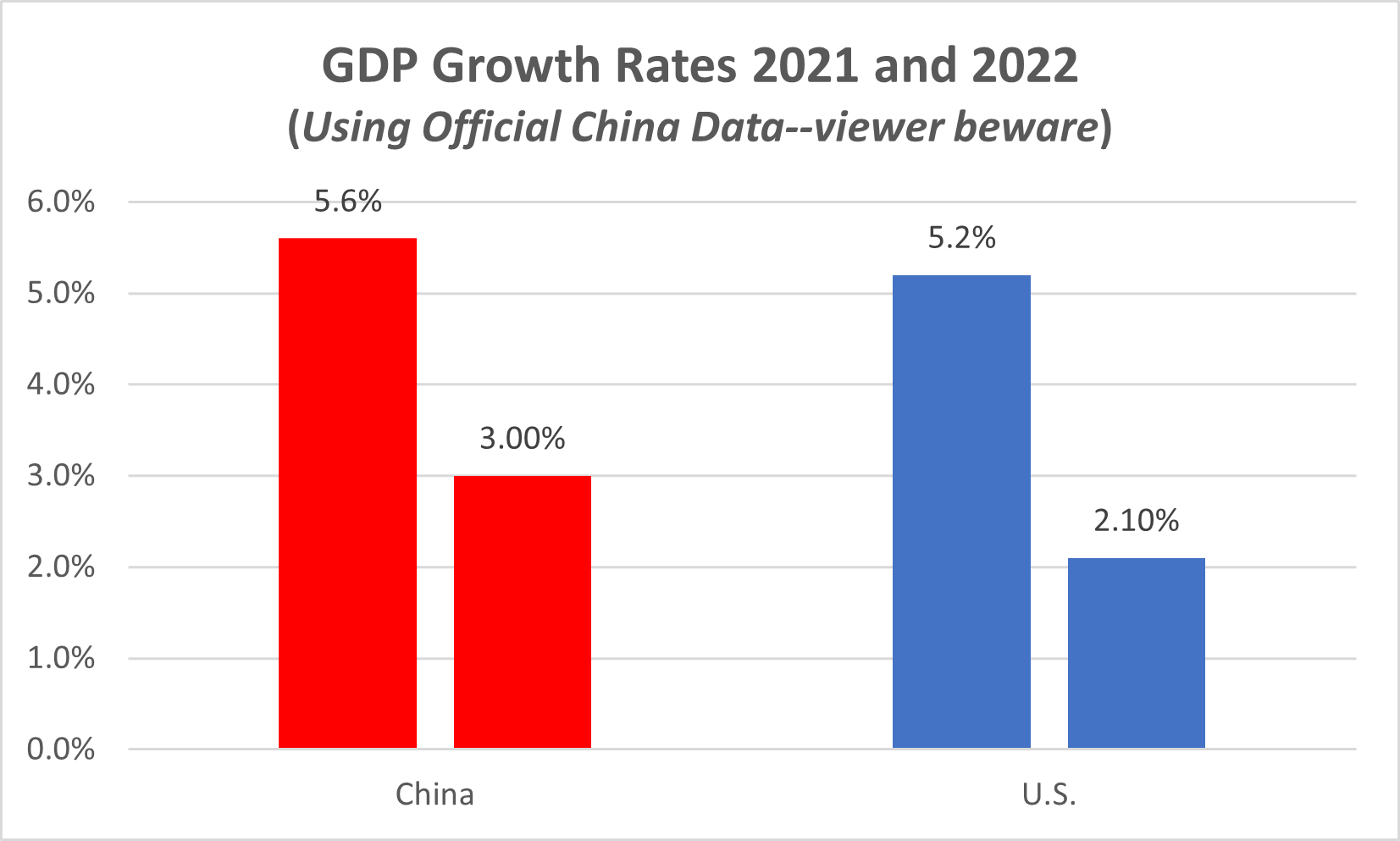

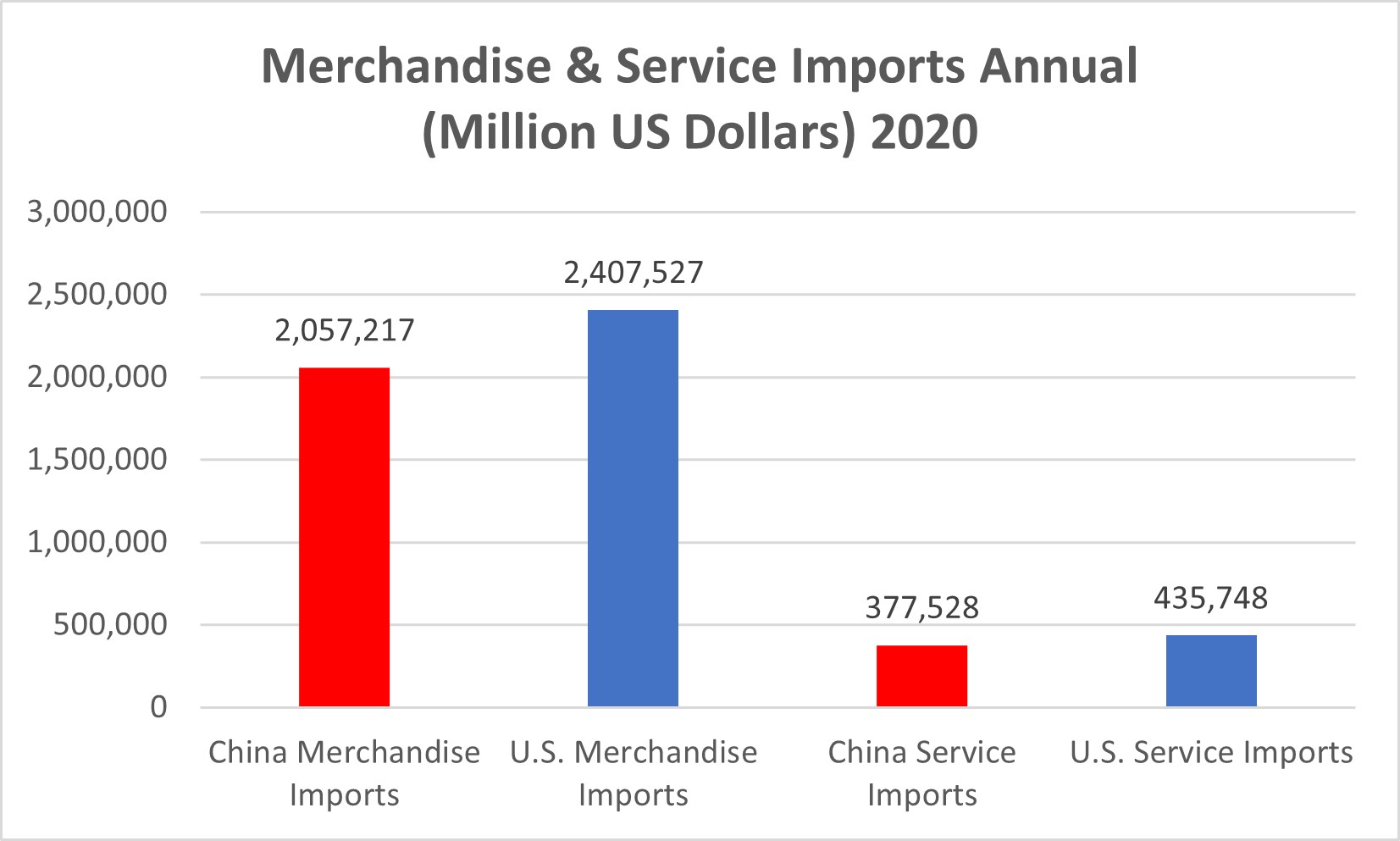
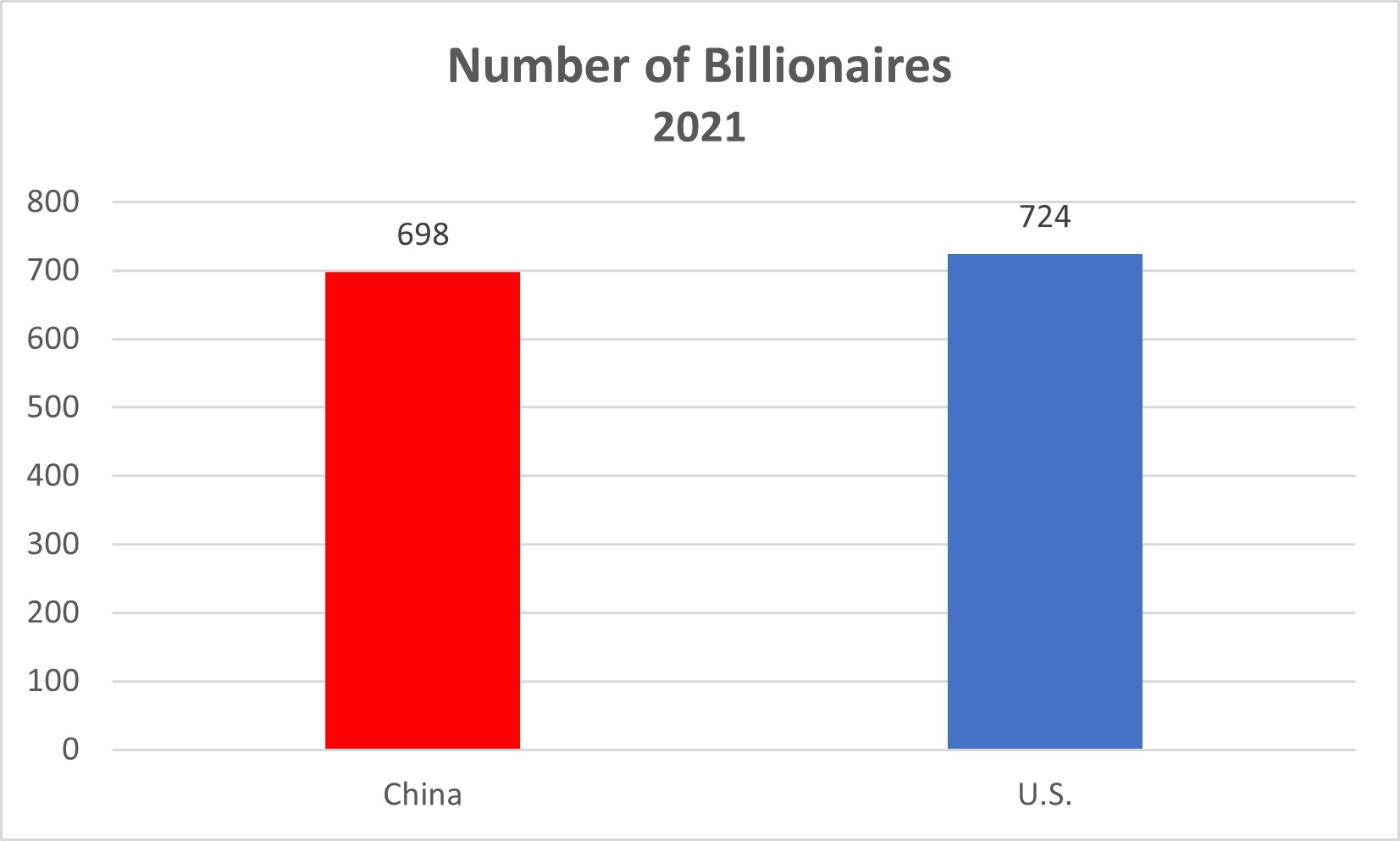
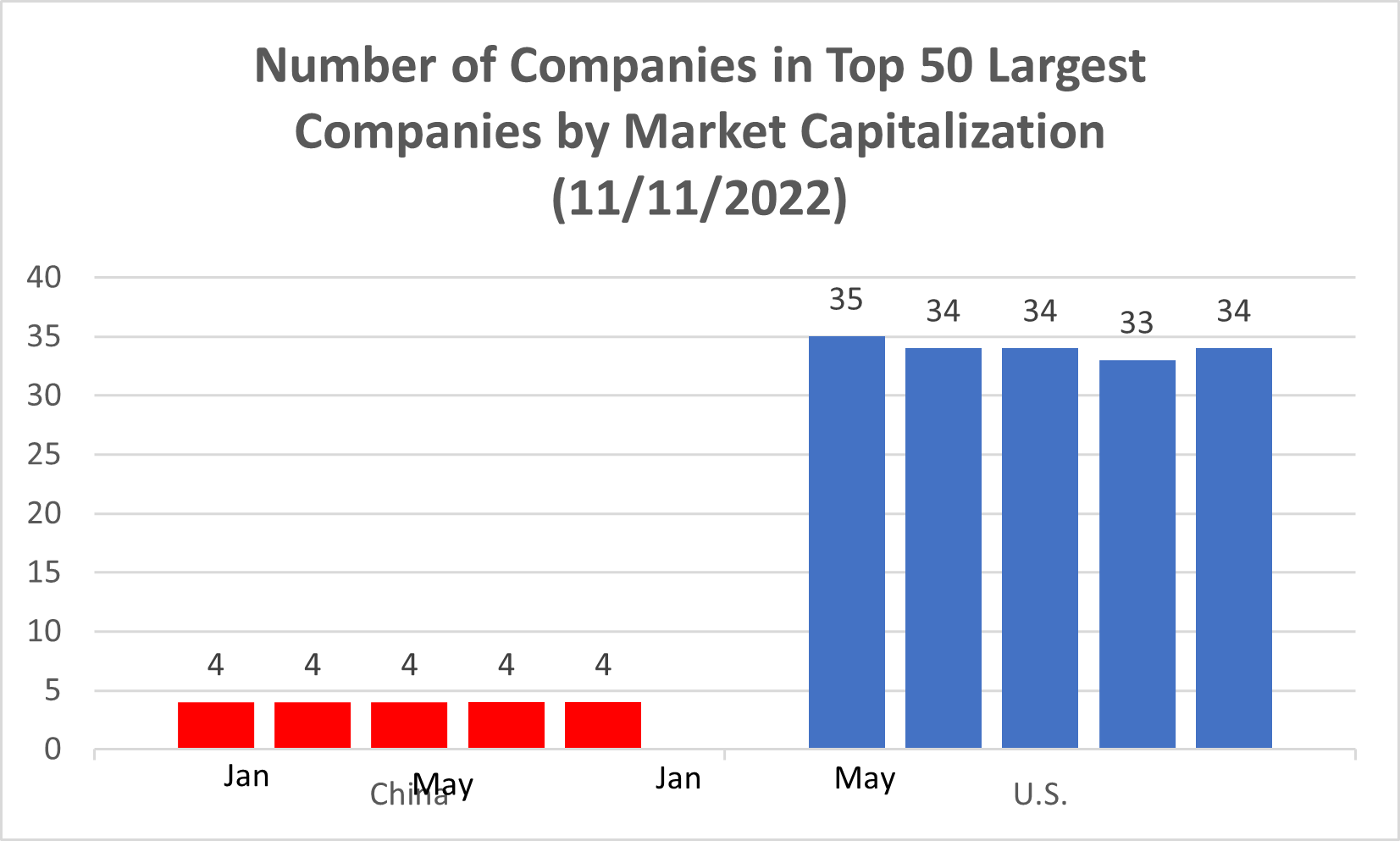

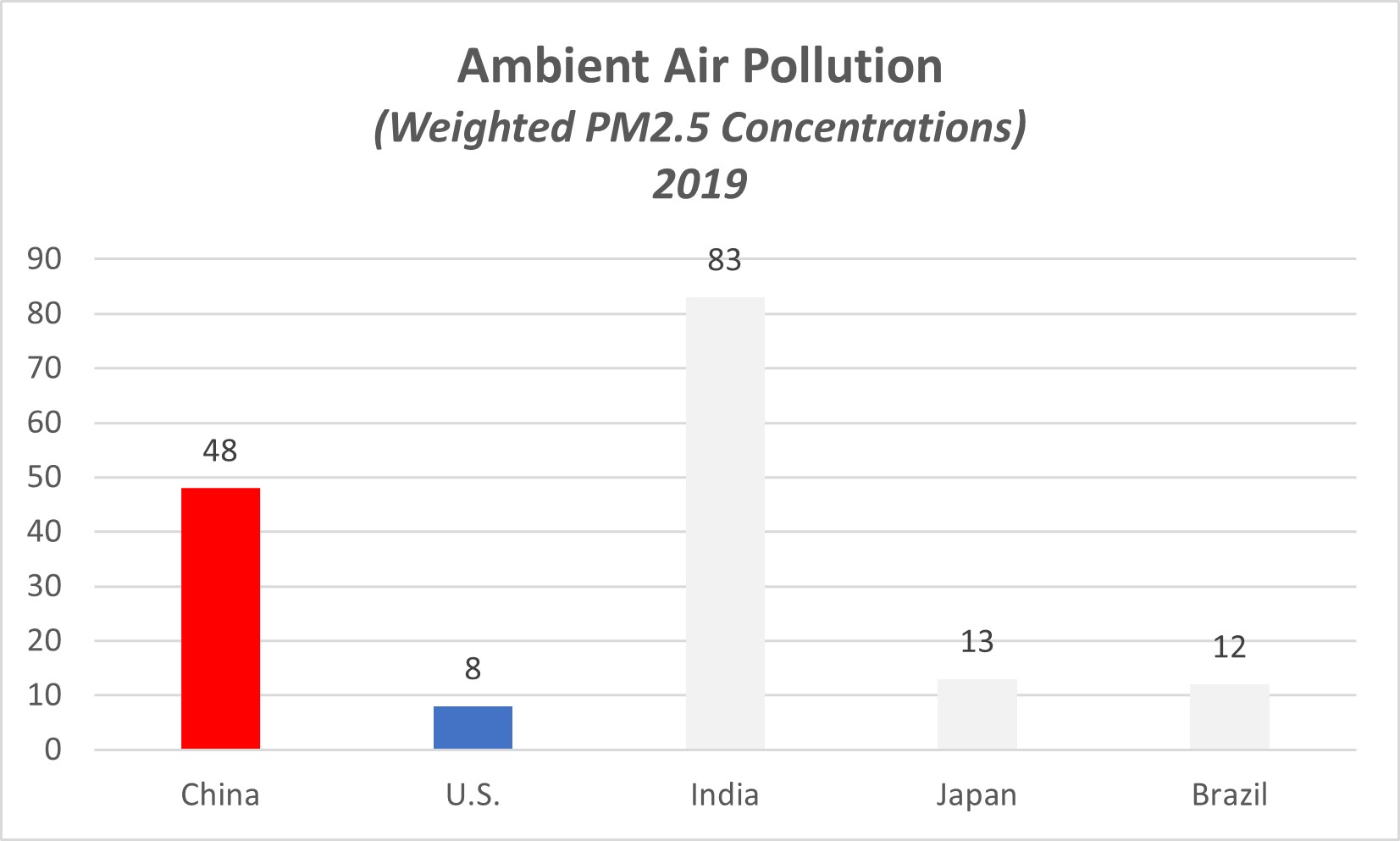
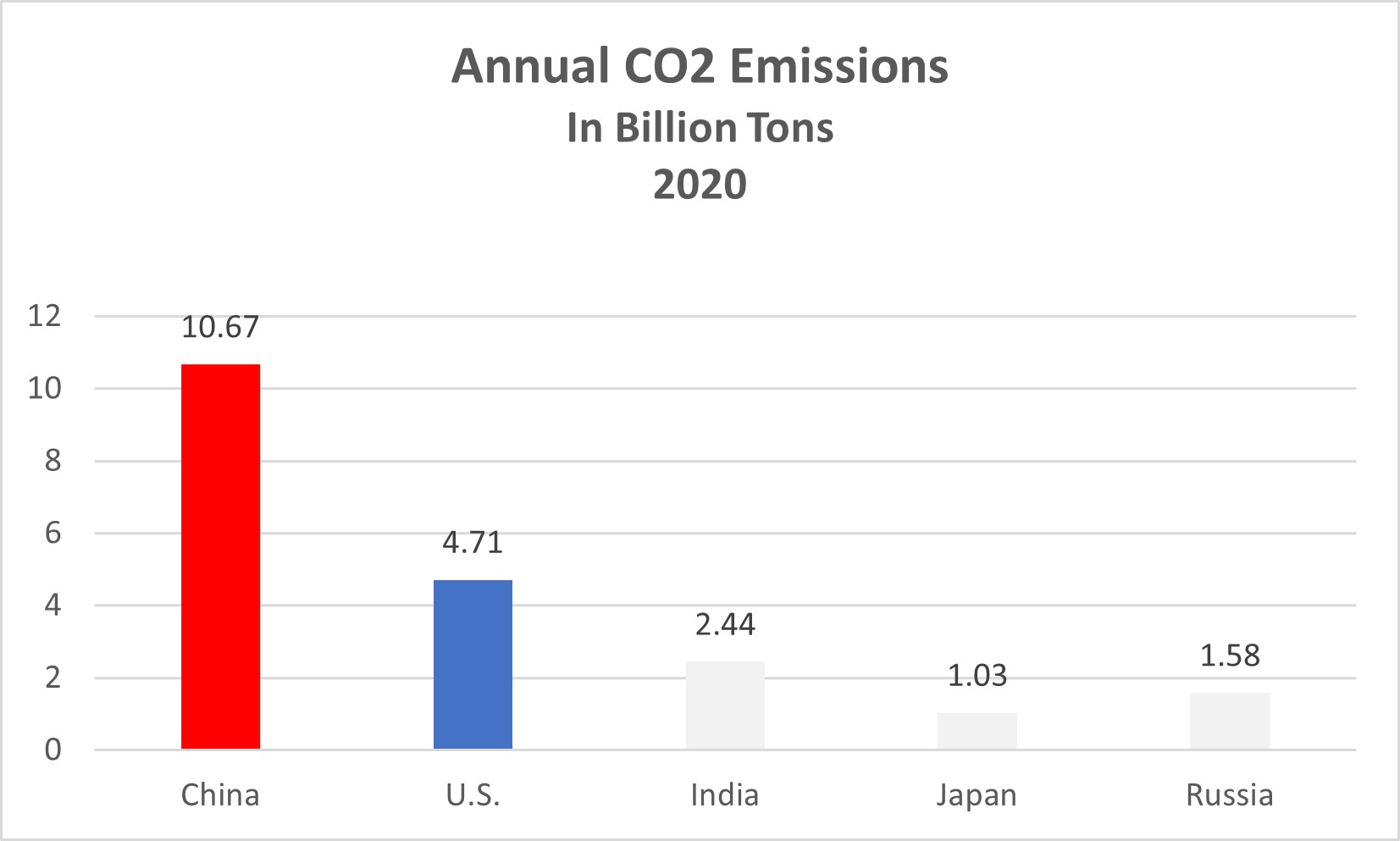
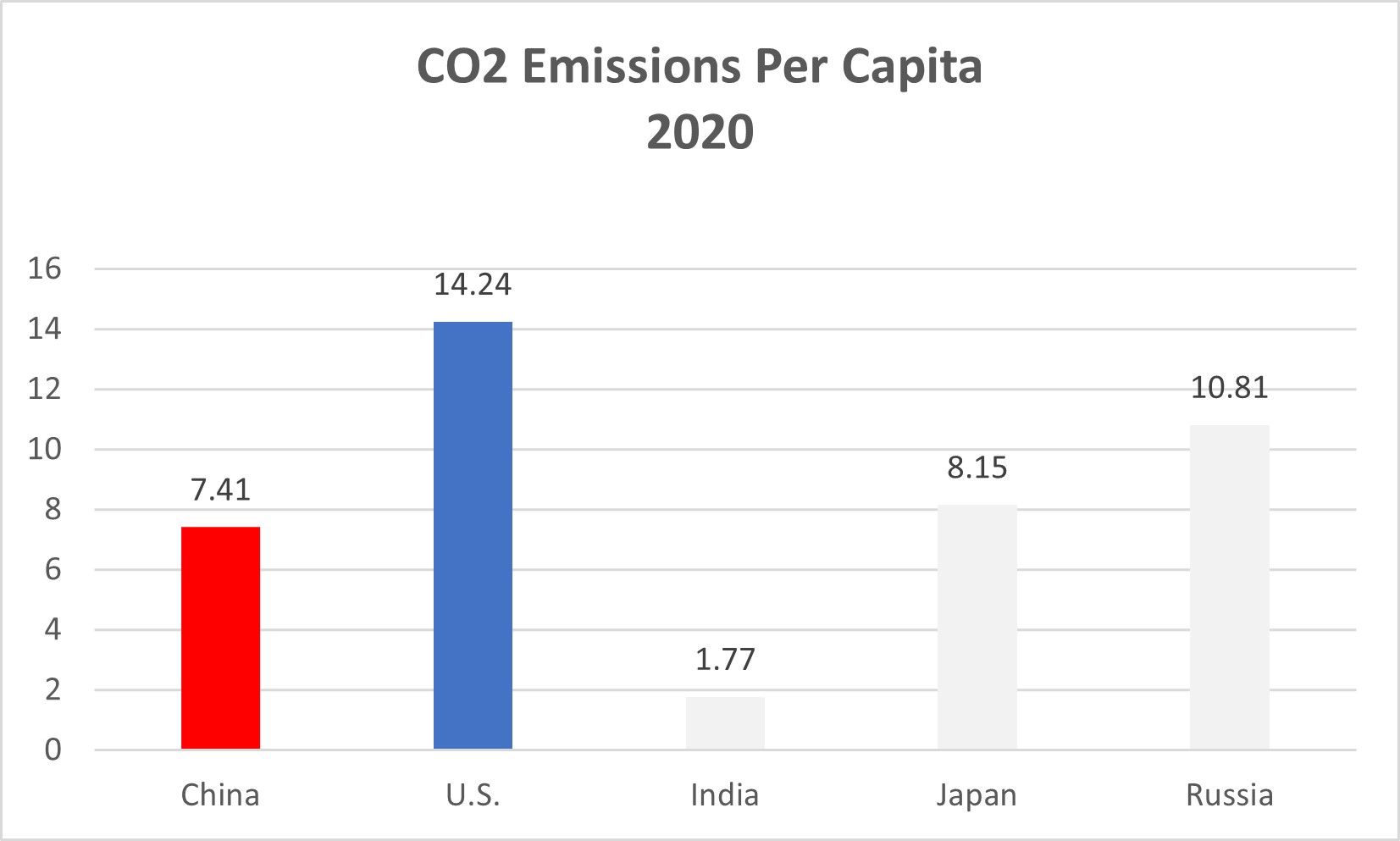
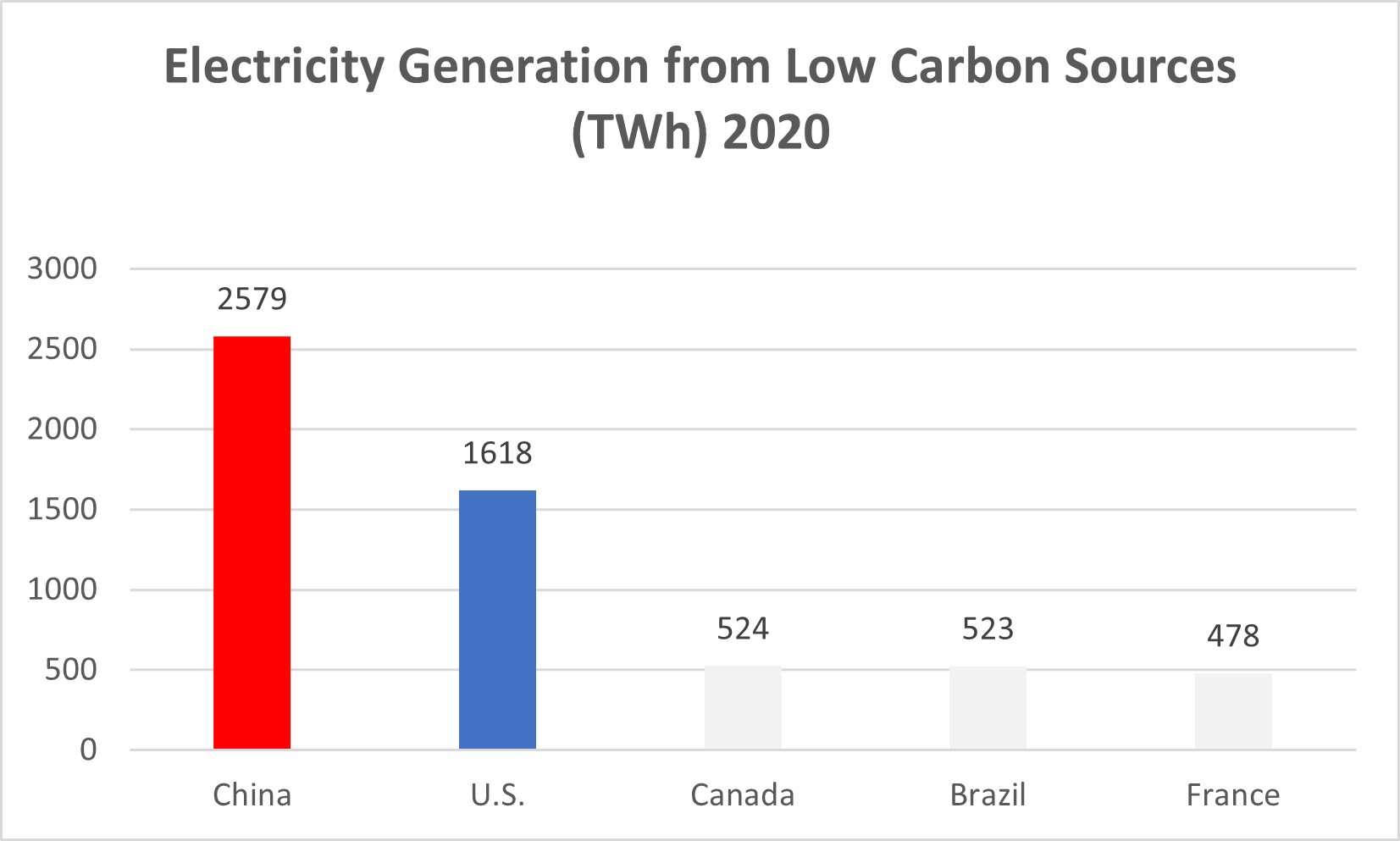

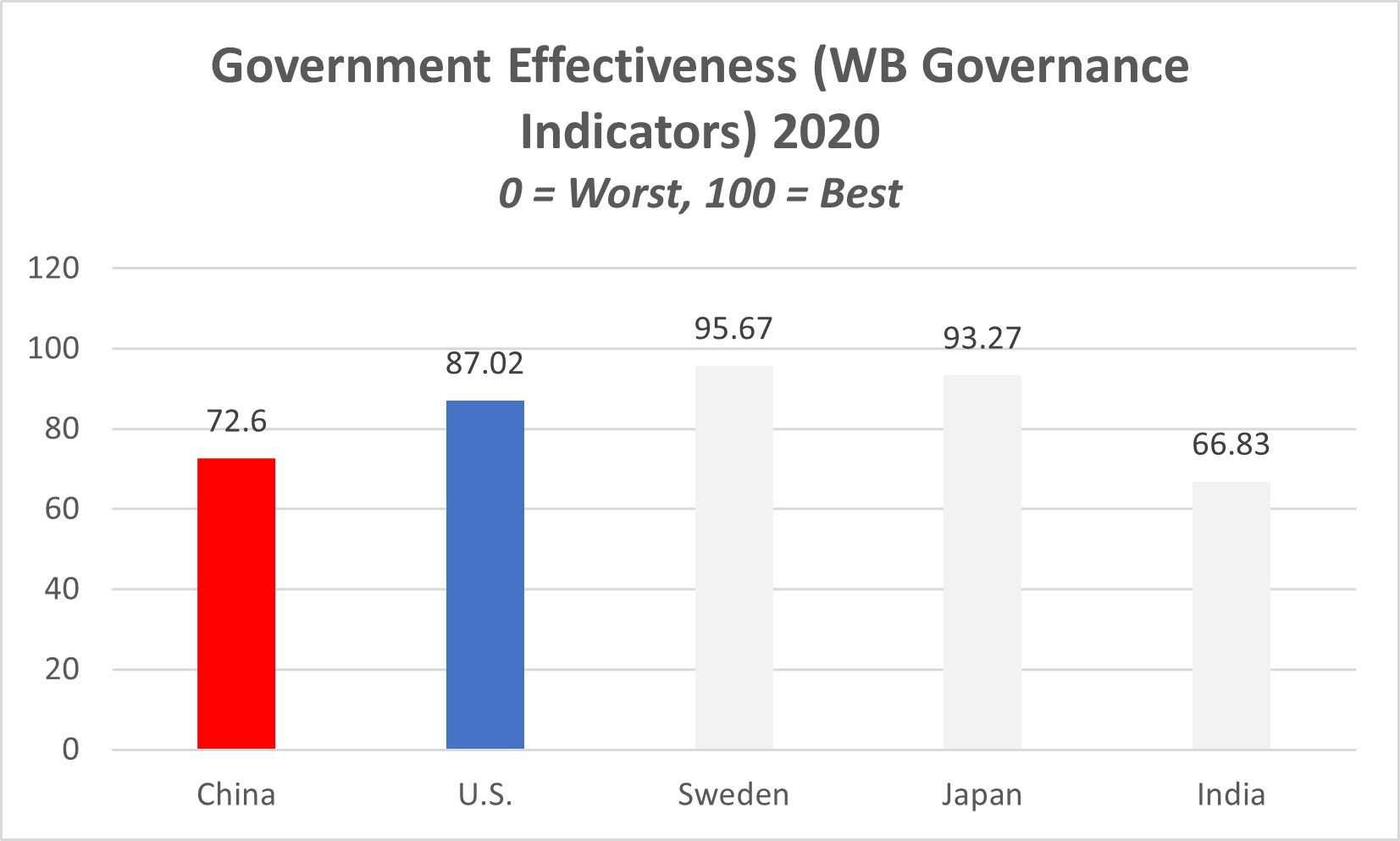
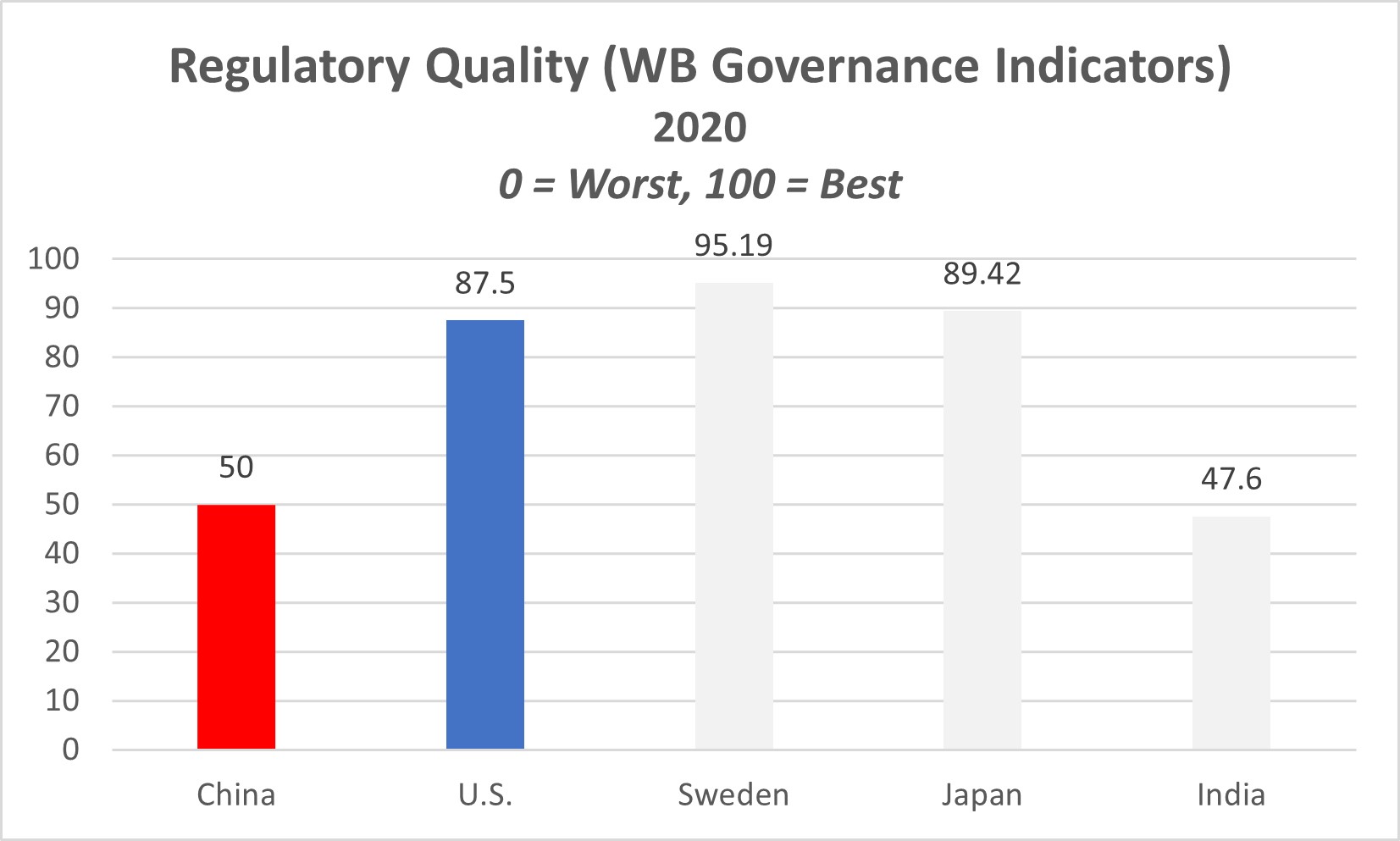
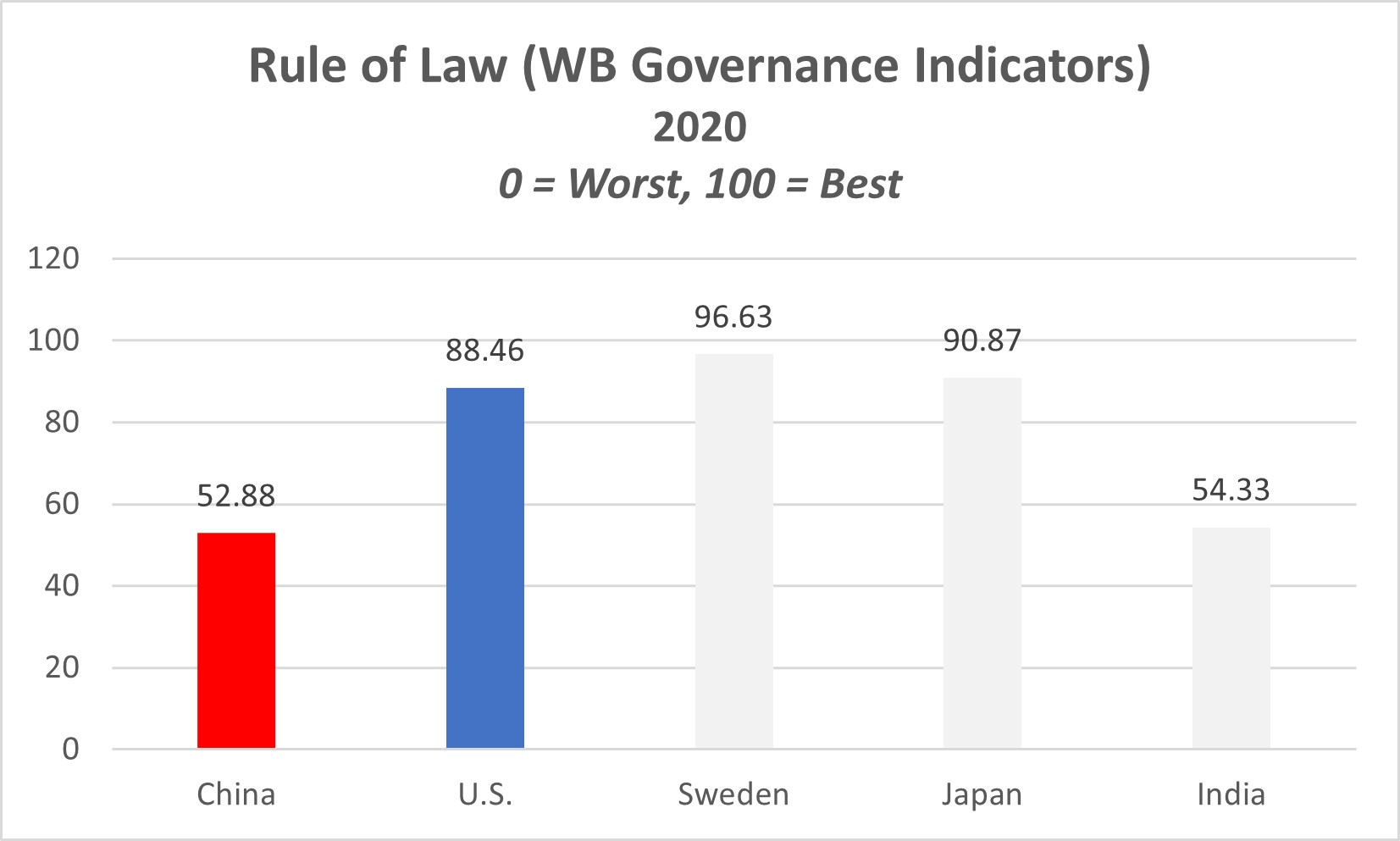
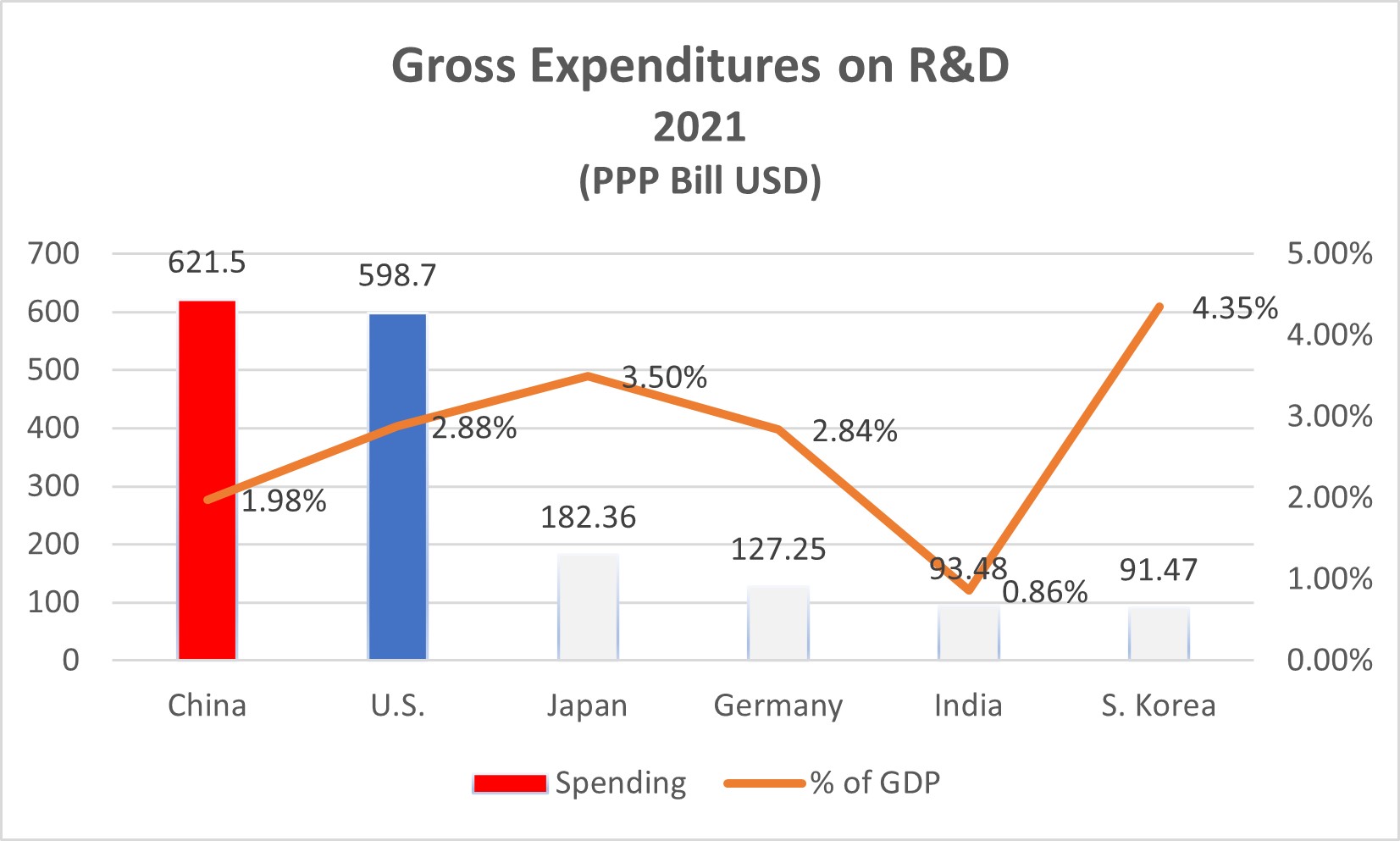

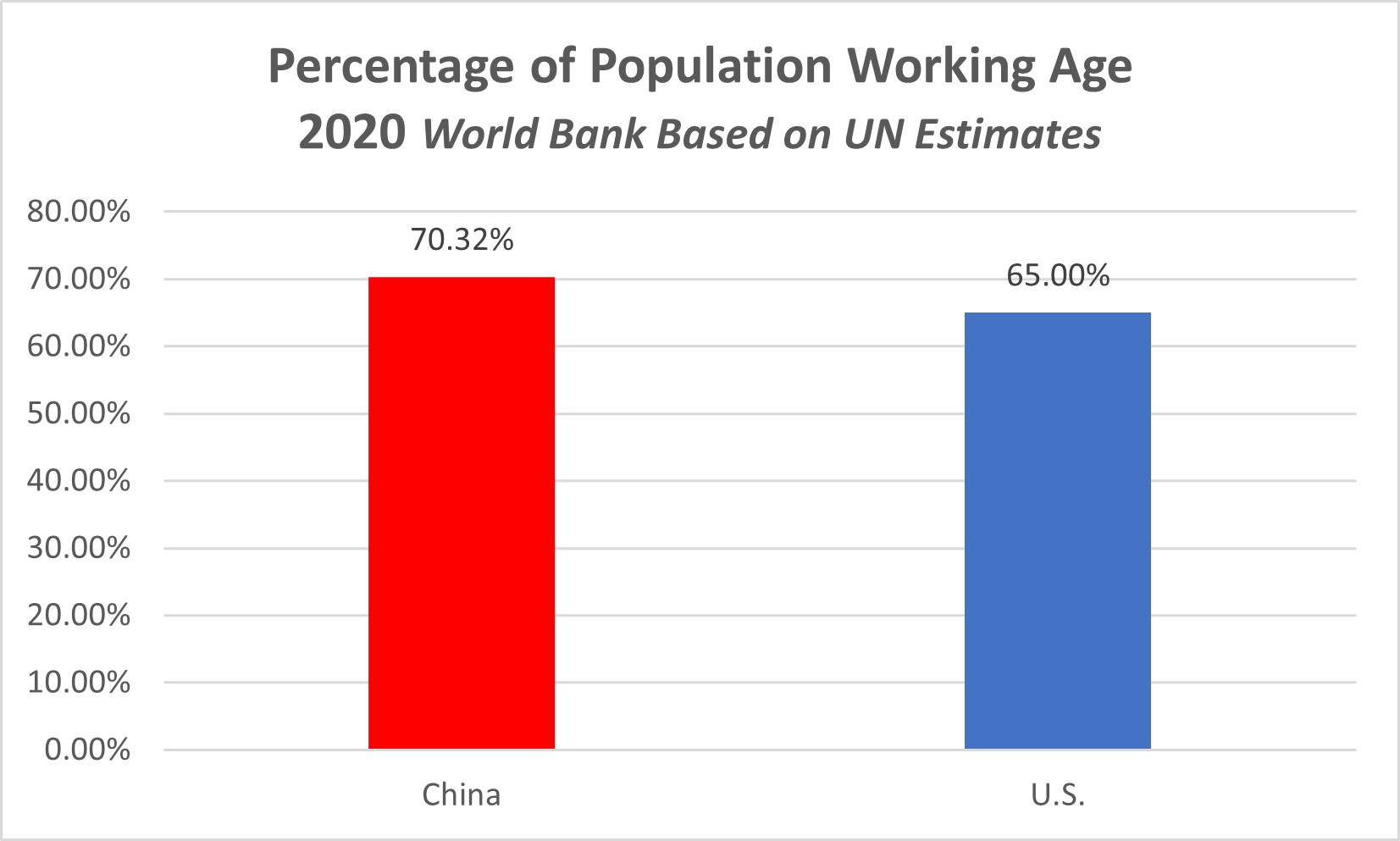
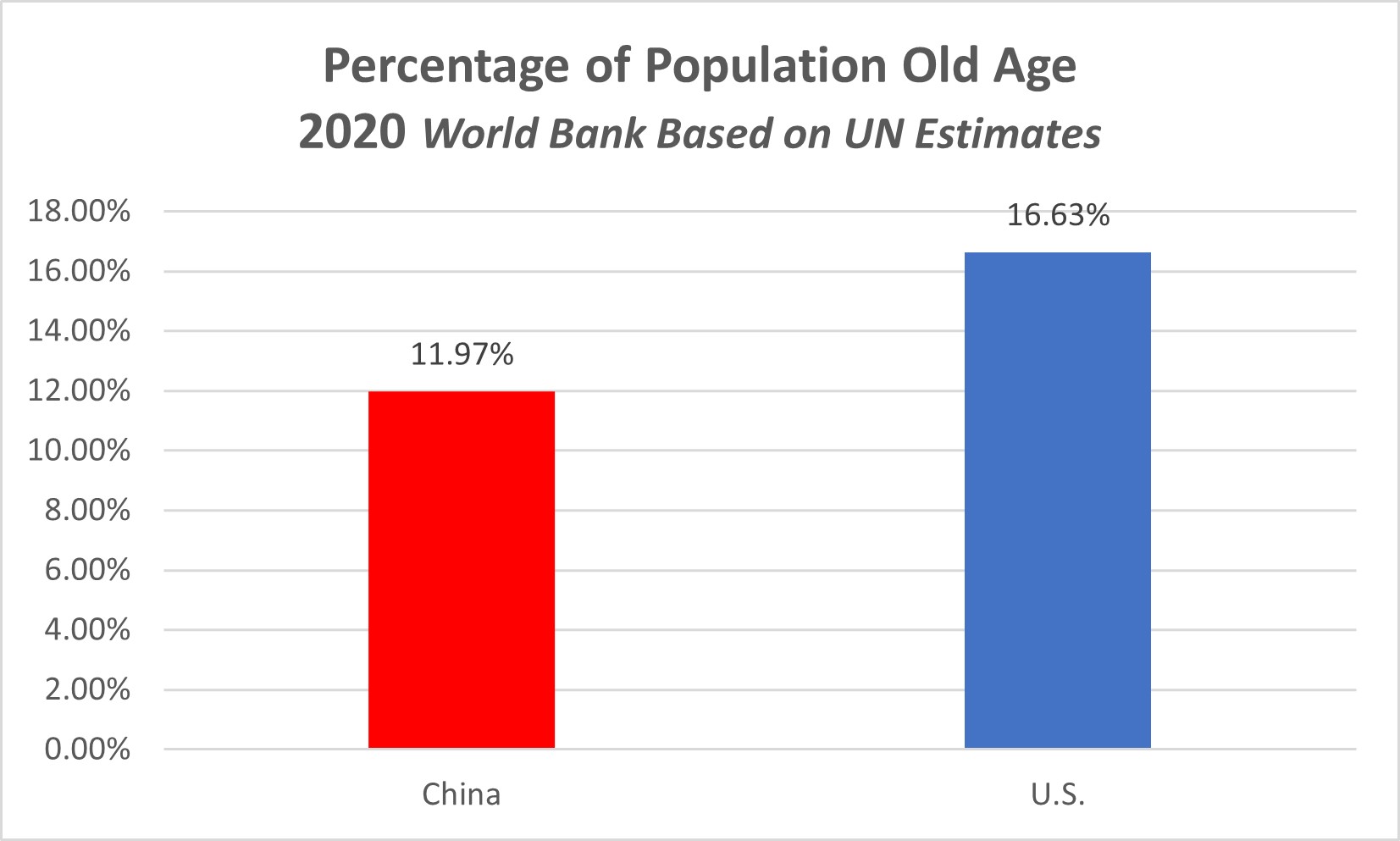

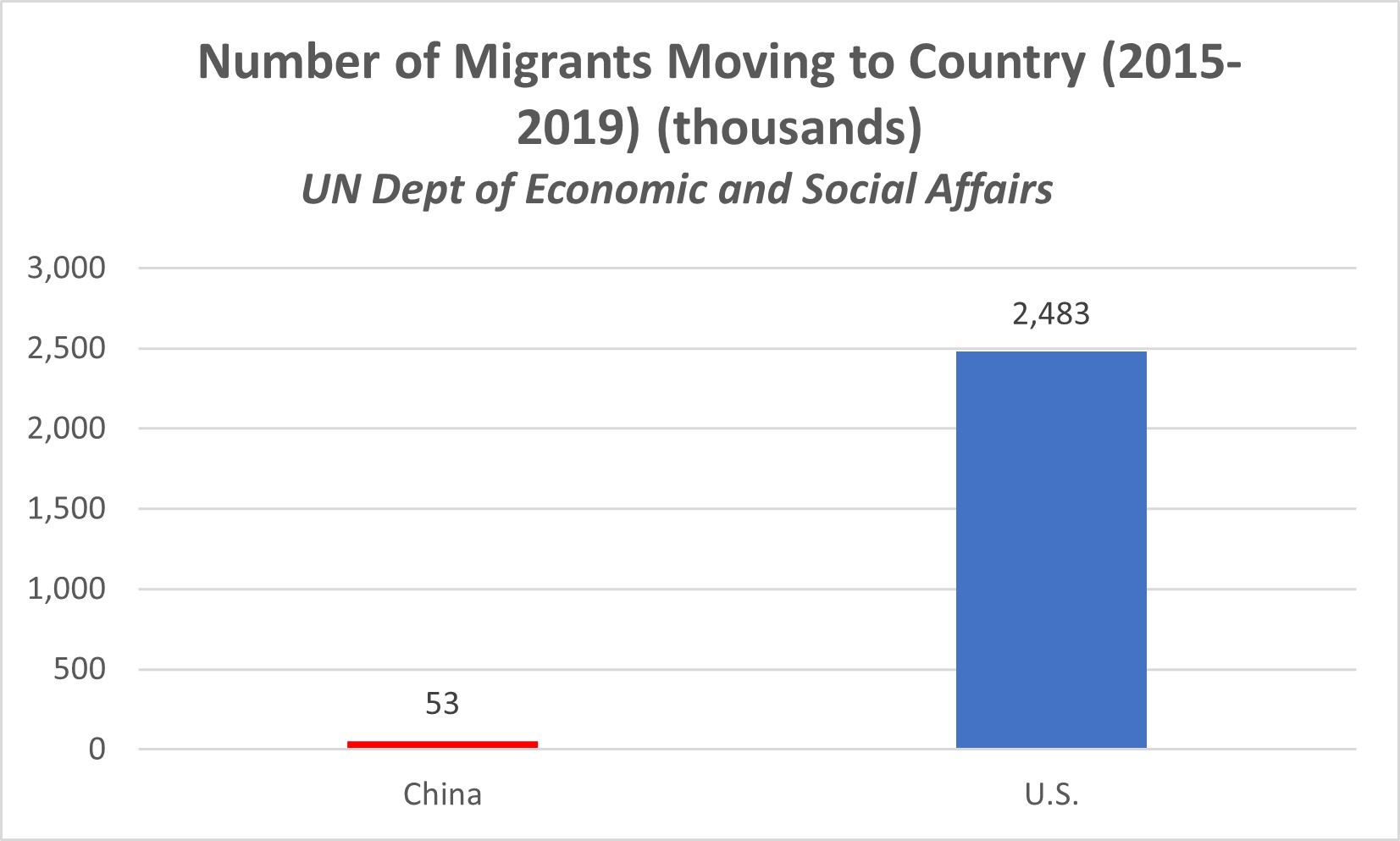

Social
Ultimately, how well our lives are lived is the best indicator of how a country is doing (though, of course, economic growth plays a huge role in this).
The elite Chinese do well on international tests but rural Chinese continue to have less access to education. America, of course, has its own educational challenges. When ex-pat Americans move back to the U.S. and place their children in school, they are often amazed at how far ahead their kids are compared to the rest of the children in class. Source: UNDP Will update annually
Again, China’s rural population are undereducated. Source: UNDP Will update annually
China, and the world, have made remarkable progress in reducing infant mortality over the last 40 years, but China still lags behind fully developed countries. Source: World Bank Will update annually
The U.S. should not be proud of its life expectancy record which has actually regressed in recent years. This is partly because of opioid deaths and other social issues. Lots of historical ironies that fentanyl often comes from China. Source: World Bank Will update annually
Over the last decade, China has become increasingly oppressive against its own people, including in restricting freedom of the press, which was already remarkably restricted. It’s worth remembering that a government that is afraid of its own people is a sign of weakness not strength. Source: Reporters Without Borders Will update annually
China is remarkably hostile to women. And, the Xi government has cracked down on what was a burgeoning feminist movement over the last half decade. That’s a lot of talent they’re preventing from helping them in the competition. As we were going to press, the 2021 rankings came out so this our first graph with historical data. As you can see, both China and the U.S. fell in the rankings from 2020 to 2021. Source: World Economic Forum Updated Annually
For another project we are working on (stay tuned!), we have created an index of cultural influence. It combines merchandise cultural exports, number of UNESCO Cultural Heritage Sites, country origin of TikTok stars, and country origin of artists on the Billboard Global 100. Source: Sam’s Cultural Index (link coming soon) Will update quarterly
Where will these two economies be in ten years? 20 years? Perhaps their abilities in innovation provides a clue. Source: World Intellectual Property Organization Will update annually
There is lots of apt criticism of happiness indicators but nonetheless it is worth keeping track of these rankings. We use the World Happiness Report. Don’t like it? Don’t worry, be happy. Source: World Happiness Report Will update annually
Back to top >